air plant ESSENTIALS
Tillandsias (air plants, tillies) make great companion plants for succulents, and because they don’t need soil, they're even easier than succulents to grow and design with. On this page and in the corresponding video, I show over 30 easy, eye-catching air-plant projects, gifts and display ideas.
In the video, you’ll meet Eric Evans of the San Diego Botanic Garden. Eric introduces these enchanting bromeliads and explains how they’re similar to (but different from) succulents. His own favorite air plant may surprise you!
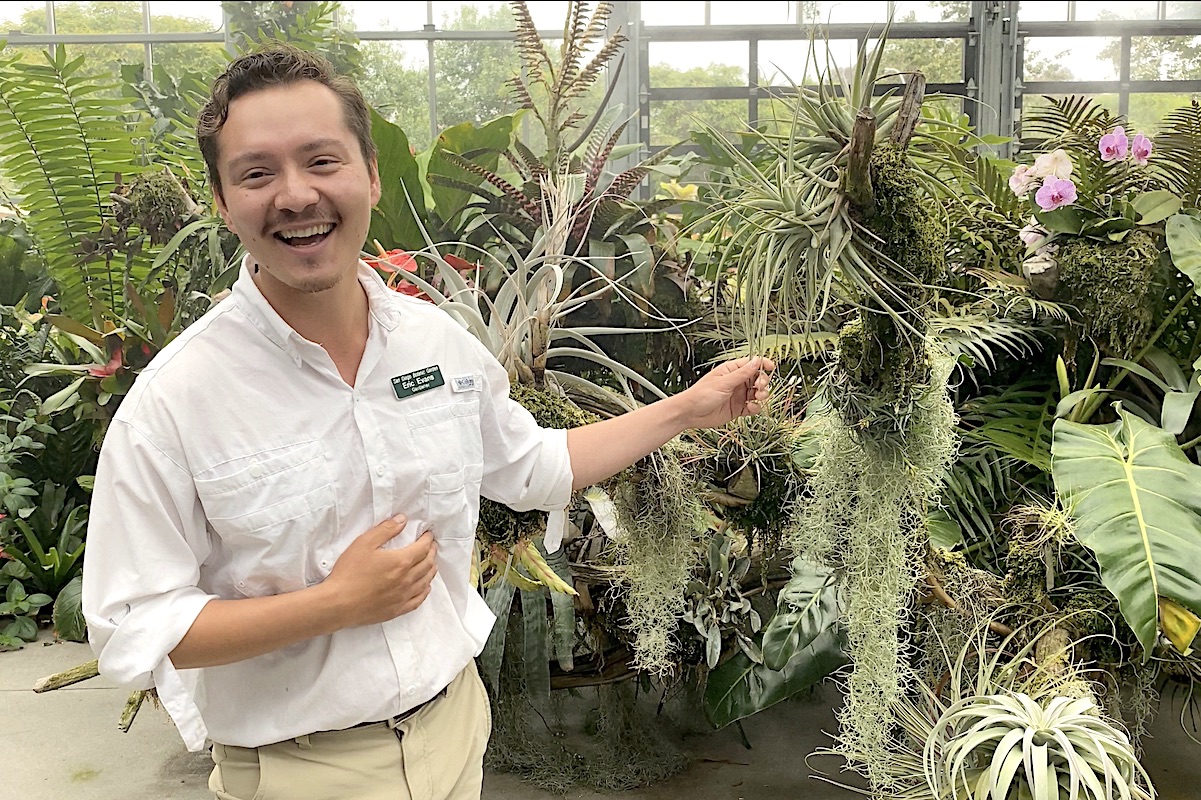
Eric Evans of the San Diego Botanic Garden (from video)
Tillandsias are arboreal (live in trees) and have water-absorbent cells called trichomes that may make the plants appear frosted. Trichomes enable tillies to live off moisture in the air. Not surprisingly, air plants love humid environments like bathrooms. But what people often don't know is that, because they release oxygen at night, tillandsias are also a good choice for bedrooms.

Leaves of Tillandsia edithae appear frosted. The texture is due to trichomes.
Growing Conditions
To keep your air plants happy, give them…
Adequate Air Flow
Good air circulation is essential, especially for thin-leaved varieties. If you display tillies in a glass container, its opening should be at least as large as the plant.
Regular water
Spritz, spray or soak your tillandsias until saturated. As with succulents, frequency depends on various factors: The type of plant, where it came from (native habitat: dry or humid), and the weather (humid, rainy, cold, hot, dry). Basically, when air plants---or for that matter, succulents---are good and dry, they appreciate being watered.
However, tillandsias dry out much more quickly than the soil of rooted plants. Here's a good guideline from Mountain Crest Gardens: “mist generously 3-7 times a week, submerge completely 2-4 times a week, or soak for 1-2 hours once a week.” Shake off excess water.
Bright Light
Air plants like the same light as most succulents: Early morning and/or late afternoon sun, and dappled sun or bright shade the rest of the day. Indoors place them near (but not too close to) windows or beneath skylights.
Mild Temperatures
Also like many succulents, tillandsias are frost-tender and won’t thrive in desert heat. They prefer mild, maritime climates, and want the same temperatures you do: between 65 and 85 degrees F. The hotter and drier your climate, the more air plants tend to desiccate (dry out) and the greater their need for moisture.
The biggest challenge with tillandsias is protecting them from temperatures below 32 degrees F.
Propagation
After a tilly blooms, it offsets, usually from the base. Most form colonies that you can gently pull apart, but wait until pups are at least one-third the size of the mother plant. Keep moist until established.
Troubleshooting
Tillies are generally pest-free, although mealy bugs occasionally find them, and their blooms may attract thrips or aphids. Wash off pests, then isolate plants until you're sure pests haven't returned.
Common problems are under-watering (the plants dry out) or over-watering (they get brown spots and rot). Air plants seem more forgiving of the former. Regardless, if the plant falls apart, it's toast.
Keep your tillies tidy by removing limp lower leaves, and don't set them on soil or moss that stays moist.
Designing with Tillandsias
To attach air plants to objects, use fishing line or wire. Or temporarily: museum putty, ribbon, twine or clips. Copper wire---as used in fairy lights---isn't good for them, so don't expose them to it for more than a few days.
See 30+ design ideas below and in the corresponding video. In it I also show, for certain projects, how to do-it-yourself.
Resources
Where to buy Air Plants
Related info on this site
Frost and Succulents: What You Need to Know Depending on how long temps stay below freezing...[continue reading]
Books
Tillandsia design and display gallery
Tillandsia types
I'm confident these names are correct, but if you believe I've made an error, do let me know. Thanks! — Debra Lee Baldwin
Types of Succulents from Aeonium to Zebra Plant, Photos & IDs
Debra’s Dozen Easy-Grow Succulent Plants for Beginners
Trying to make sense out of succulents? There are numerous varieties, but these are the most common succulents and those you’ll likely run across. Enjoy growing and discovering these fascinating “plants that drink responsibly!”

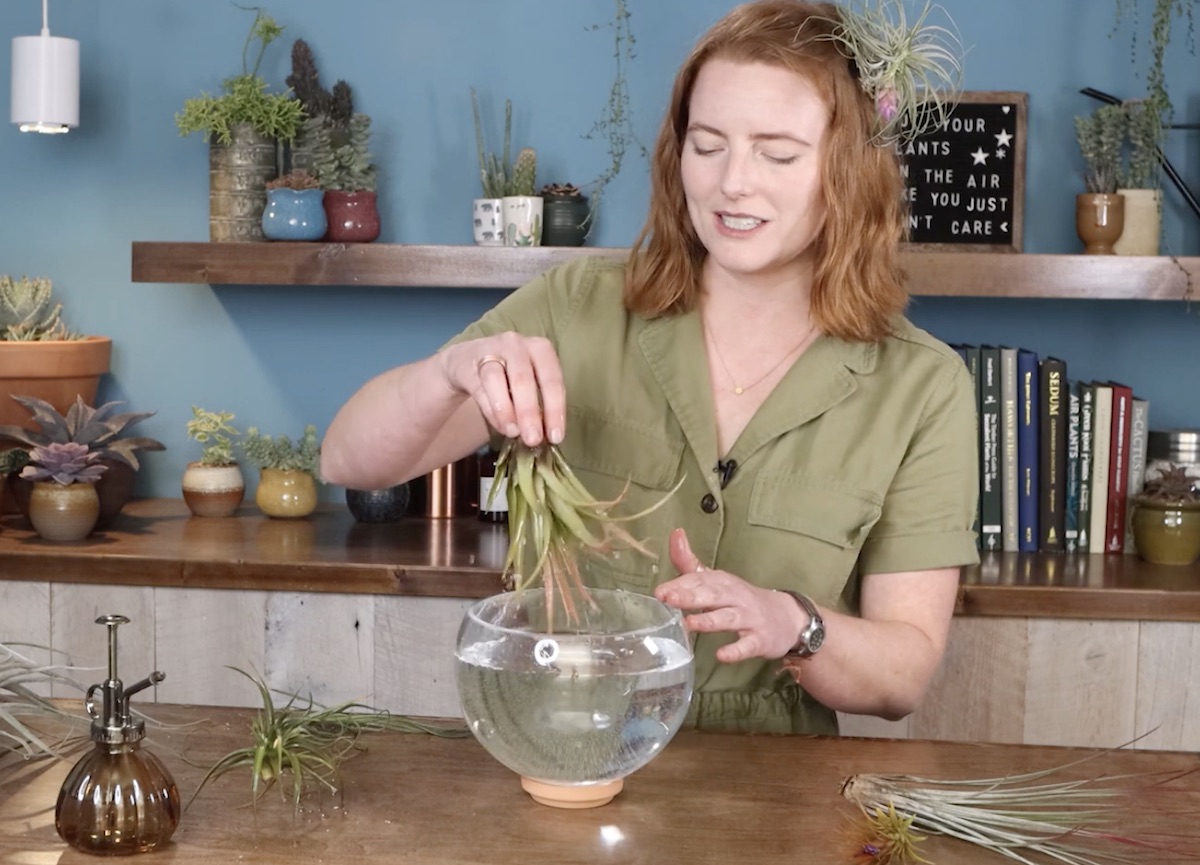
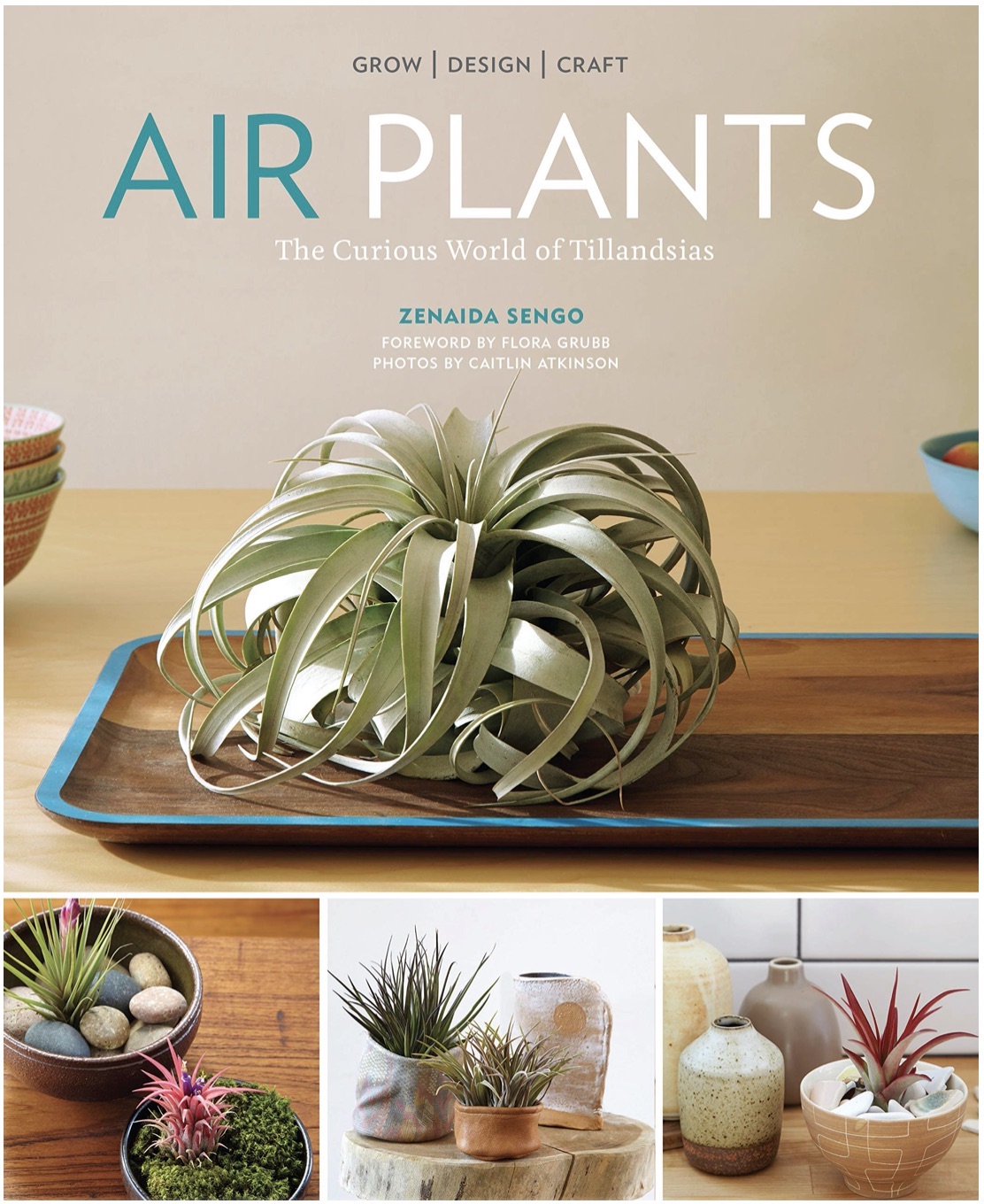
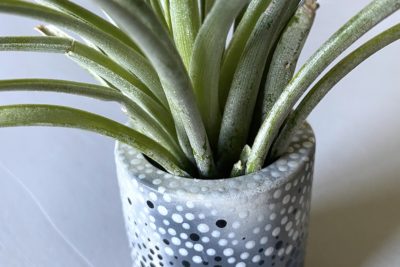

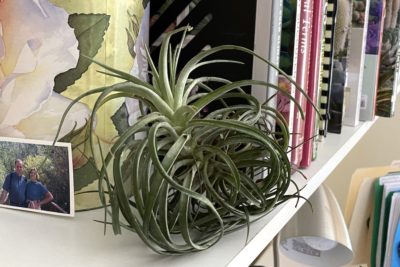


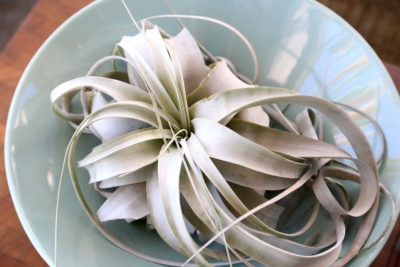
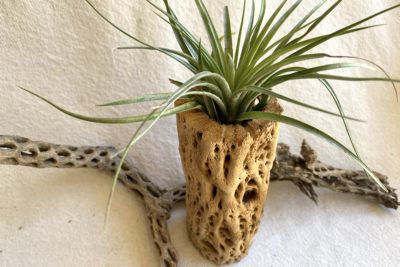
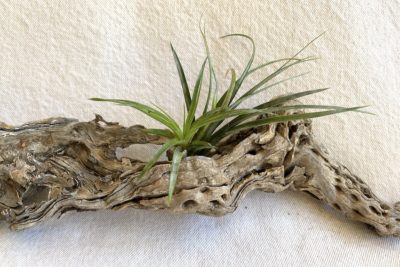
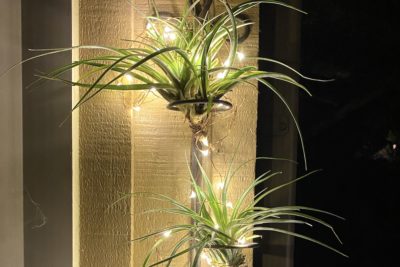
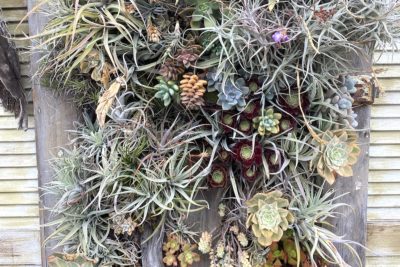
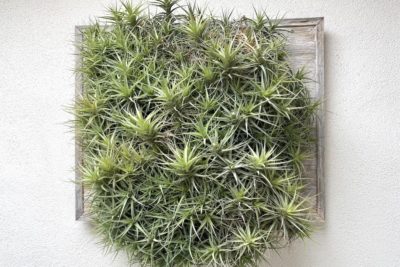
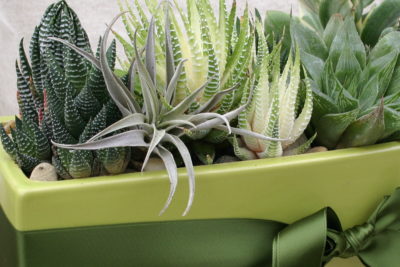
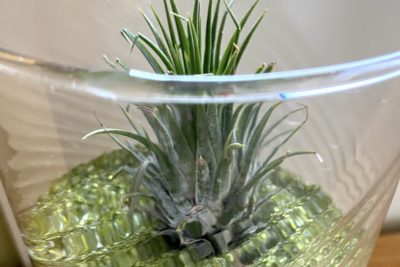
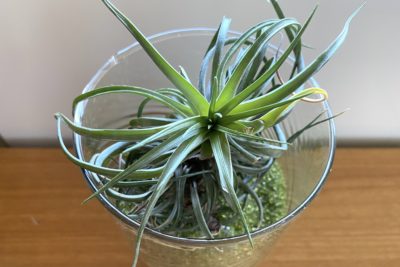

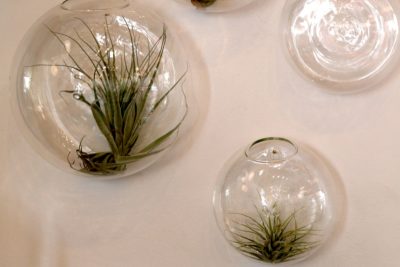
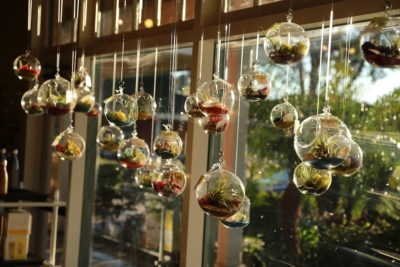

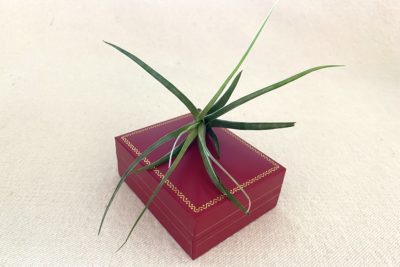

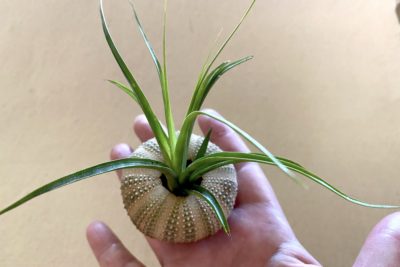
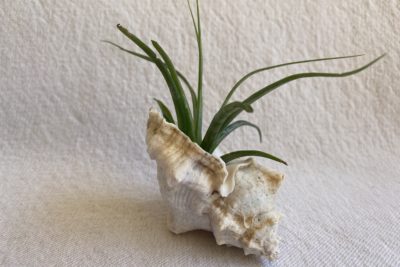
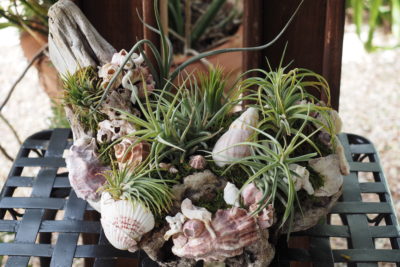
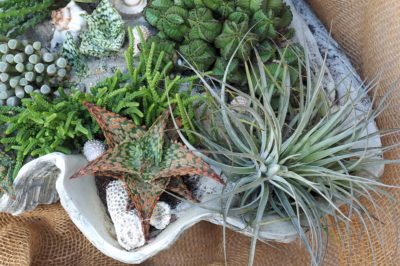

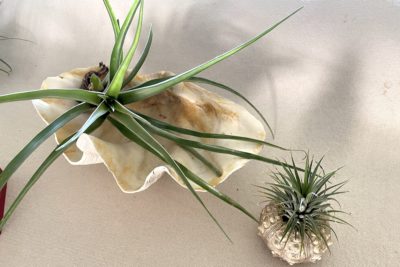
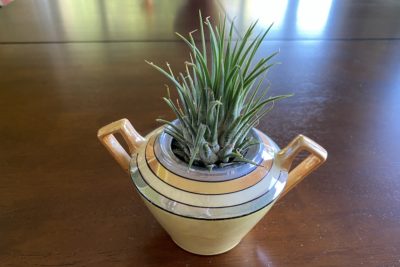
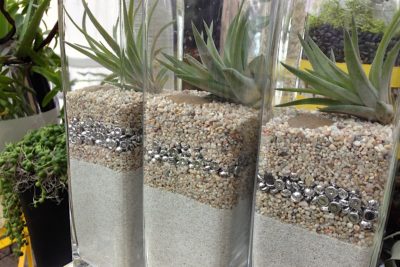
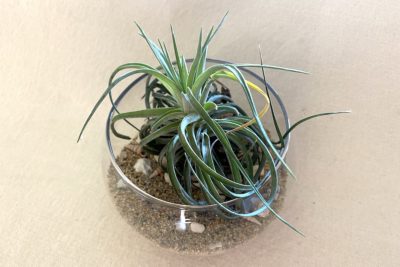
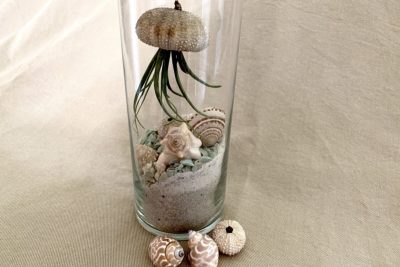
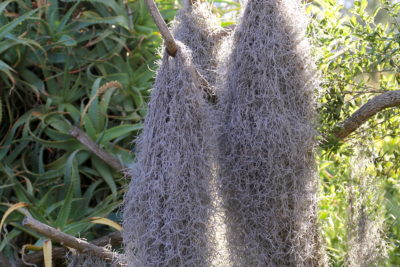
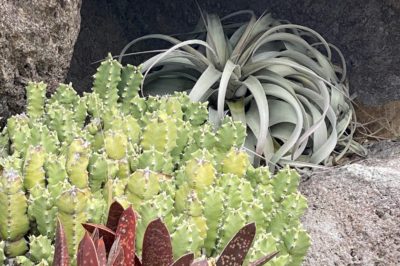
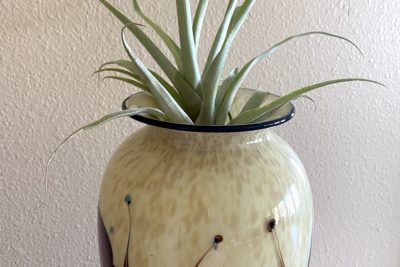
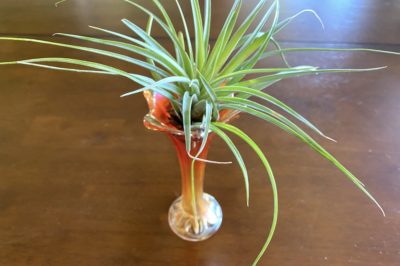
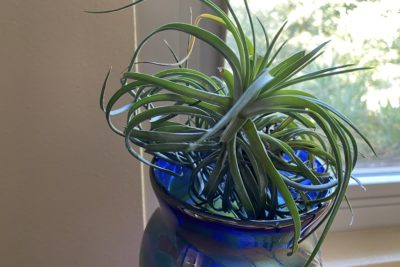
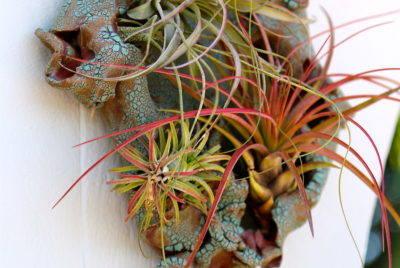

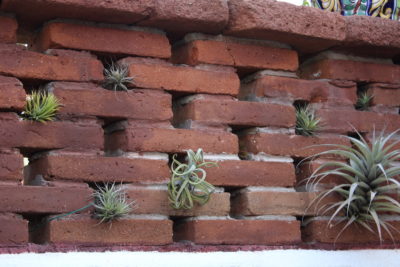
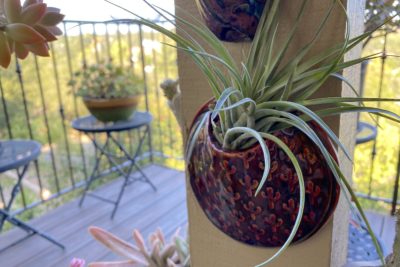


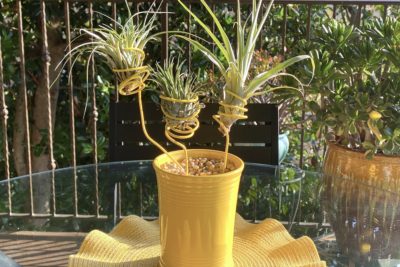
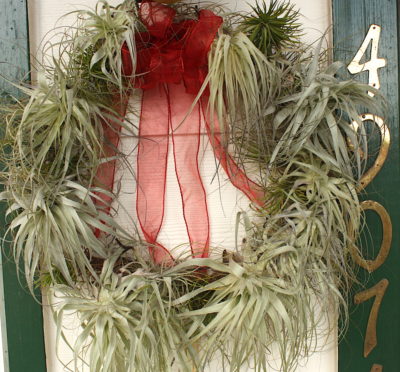
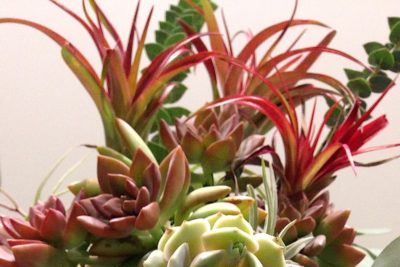
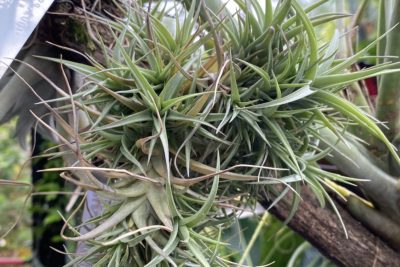



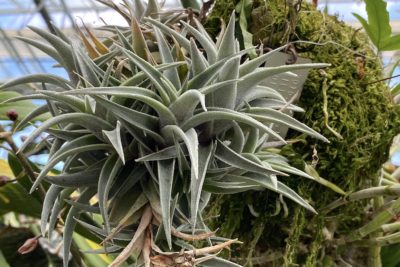
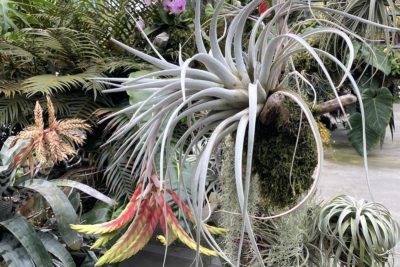

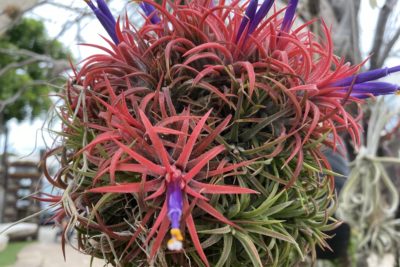
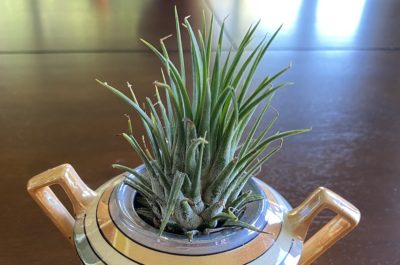
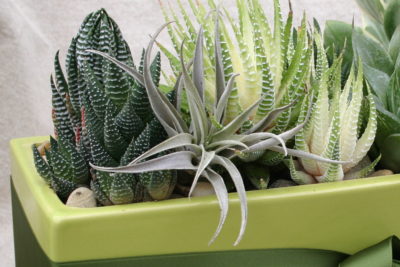
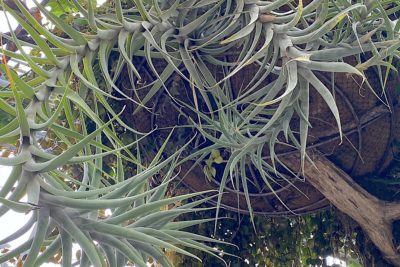
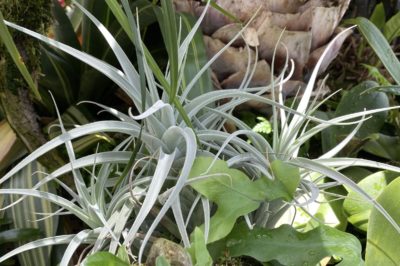
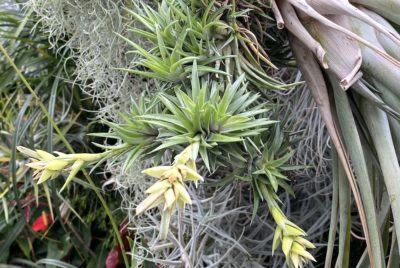
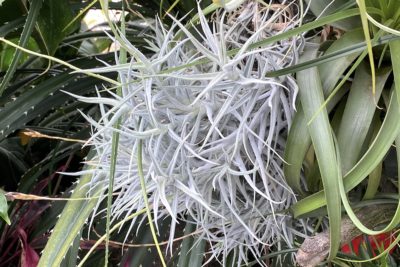
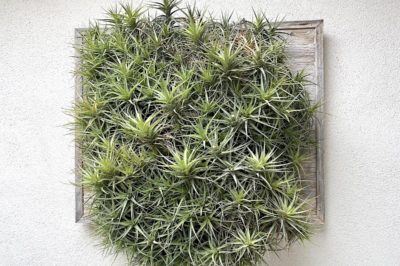

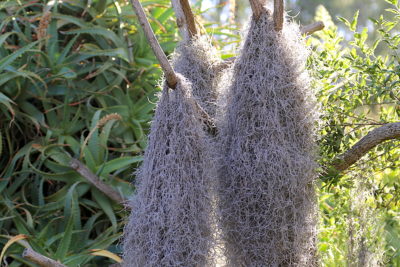
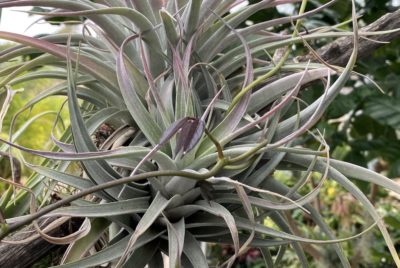
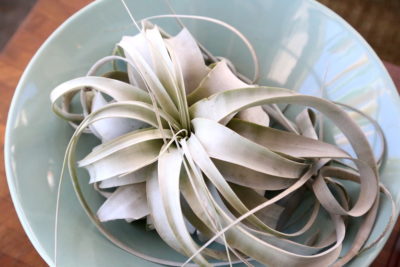
-custom_crop.jpg)